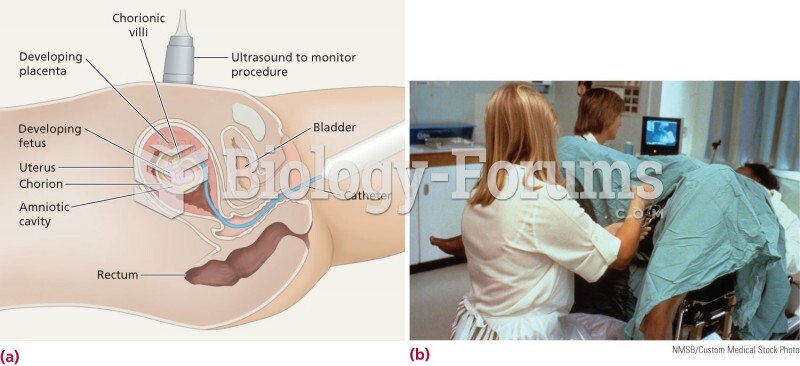|
|
|
There are more sensory neurons in the tongue than in any other part of the body.
More than 2,500 barbiturates have been synthesized. At the height of their popularity, about 50 were marketed for human use.
Inotropic therapy does not have a role in the treatment of most heart failure patients. These drugs can make patients feel and function better but usually do not lengthen the predicted length of their lives.
Though methadone is often used to treat dependency on other opioids, the drug itself can be abused. Crushing or snorting methadone can achieve the opiate "rush" desired by addicts. Improper use such as these can lead to a dangerous dependency on methadone. This drug now accounts for nearly one-third of opioid-related deaths.
It is difficult to obtain enough calcium without consuming milk or other dairy foods.







